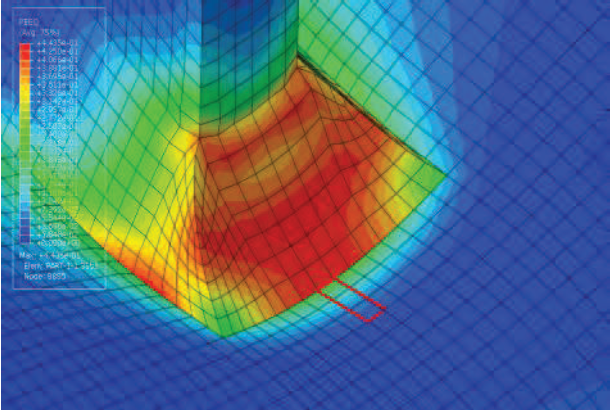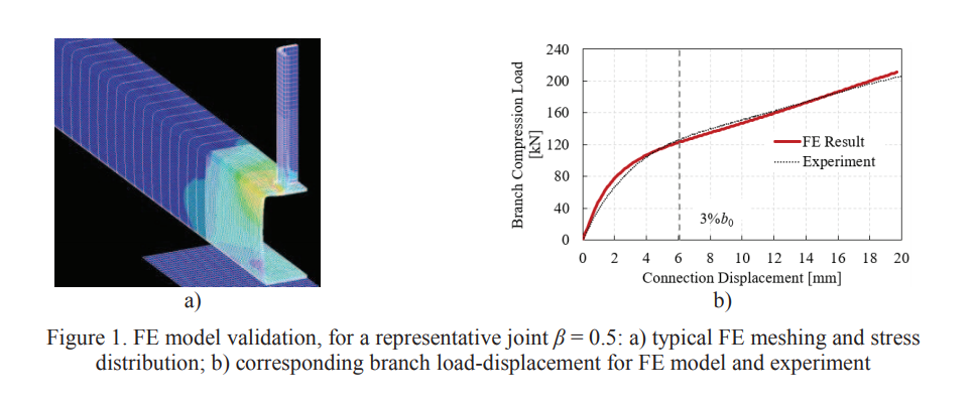Establishing a design resistance for hollow section joints
They have all come to join the 17th International Symposium on Tubular Structures (ISTS17). From the myriad of interesting articles, we would like to highlight one from a group of authors around professors Frantisek Wald (co-author of CBFEM) and Jeffrey Packer (University of Ontario) – Towards establishing a design resistance for hollow section joints.
A number of design guides and standards, with considerable international consensus, now exist for the design of welded hollow section joints in onshore and offshore construction. These, however, typically cover relatively standardized joint types, geometries and loading cases. In the event of unusual joints, it is now common for finite element (FE) modeling to be performed, but specific guidance needs to be provided on acceptable FE modeling procedures and the interpretation of the output, in order for a suitable joint design resistance to be determined. Towards this objective, this paper describes appropriate FE modeling and ultimate limit states that can be used; in particular, a 5% ultimate strain limit state. Application of these ultimate limit states is demonstrated using validated FE models for RHS-to-RHS (rectangular hollow section) X-joints and branch plate-to-CHS (circular hollow section) joints, with branches loaded in axial tension and compression.
Interested to know more? Read the full article here.




